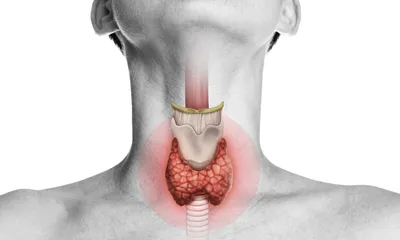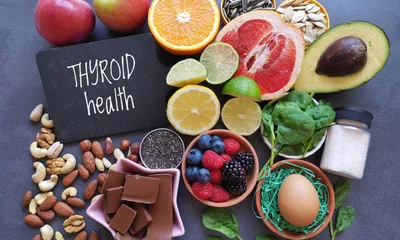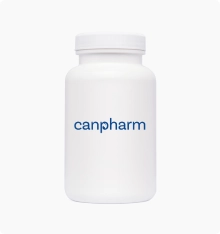Dry Eye Disease
-
Description
-
Signs & Symptoms
-
Anatomy
-
Cause
-
Diagnosis
What is Dry Eye Disease?
Dry eye disease involves a person’s eyes being insufficiently lubricated by tears. This may be because the tear ducts are not producing tears to the extent needed, or it’s also possible that the tear fluid lacks the right viscousness to properly lubricate the eyeball.
People with dry eye disease will have discomfort with normal movement of the eyeballs, and sufferers may also experience eyeball inflammation and damage to the eye surface if dry eye disease is left untreated. People over the age of 50 get dry eye disease more commonly, and it is something that affects women more than it does men.
What Causes Dry Eye Disease?
Hormone changes, eyelid gland inflammation, autoimmune disease, or allergic eye disease may be at the root of a person’s chronic dry eyes. Some people may have dry eye disease because of environmental factors and be experiencing increased tear evaporation. It will usually be only temporary, as once they are out of that environment then eye dryness will likely no longer be a problem for them.
Long-term keratoconjunctivitis sicca and tear ducts losing their ability to produce tears may also be behind what causes dry eye disease. Keratoconjunctivitis sicca may result from scleroderma, Sjogren’s syndrome, thyroid disorders, or a prolonged Vitamin A deficiency.
Dry Eye Disease Symptoms
Dry eye disease symptoms include a scratchy or sandy sensation in the eye, burning or stinging feeling in the eye, sensitivity to light, blurred vision, mucus discharge from the eye, eye redness, watery eyes, and eye fatigue. Discomfort in the eyes when reading can also be among dry eye disease symptoms.
Dry Eye Disease Treatment
The most conventional approach to dry eye disease treatment is to have the patient using artificial tears eye drops to relieve eye dryness. This is the standard approach for dry eye disease treatment. It may also be good to take preventative measures like adding moisture to indoor air with a humidifier, avoiding having air blown into the eyes with fans, air conditioners, or hair dryers, or taking long breaks during tasks that involve extensive eye focus. Avoiding irritants or anything that might promote eye inflammation can also be a part of dry eye relief.
Signs & Symptoms
- Scratchy or sandy sensation in the eye
- Burning or stinging feeling in the eye
- Sensitivity to light
- Blurred vision
- Mucus discharge from the eye
- Eye redness
- Watery eyes
- Eye fatigue
- Discomfort when reading
Anatomy
- Tear ducts
- Eyelid glands
- Conjunctiva
- Cornea
- Meibomian glands
Cause
- Hormone changes
- Eyelid gland inflammation
- Autoimmune disease
- Allergic eye disease
- Increased tear evaporation
- Keratoconjunctivitis sicca
- Scleroderma
- Sjogren’s syndrome
- Thyroid disorders
- Vitamin A deficiency
Diagnosis
- Eye examination
- Tear film tests
- Schirmer test
- Eye surface staining
- Meibomian gland evaluation



